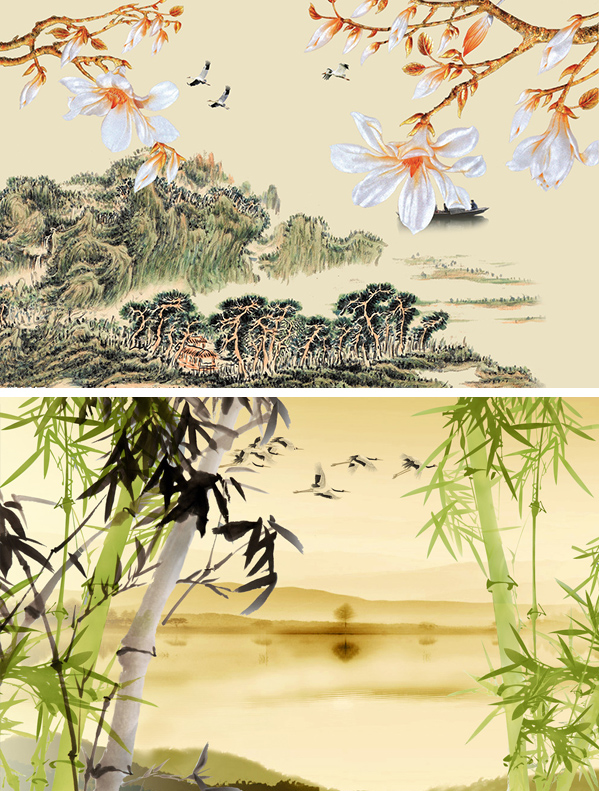Painting

近精微致广大
Painting requires artists to combine all details to achieve unity.
This is Xu Beihong’s view on sketches. The entire picture is composed of smaller details. Painters need to identify the relationship between the entire picture and smaller details through cautious observation and scientific research.
莫把丹青等闲看,无声诗里颂千秋
Don’t consider painting an ordinary practice. Pictures are able to record long-standing history and last for thousands of years.
These are two lines of a poem written by Xu Wei, a renowned artist from the Ming Dynasty (1368-1644). The words explain his view that painting acts as a tool to convey thoughts and emotions across generations.
作画贵在似与不似之间,不似则欺世,似则媚俗
It is in a sense cheating the viewers if a painting fails to be true to life. However, it will become too conventional if a painting is too realistic.
These words were said by painting master Qi Baishi (1864-1957). He pointed out that artists shouldn’t be constrained by external concepts of objects while focusing on their similarities. Painting should reflect the distinctive characteristics of objects, which requires more attention to be focused on intangible qualities.
意存笔先,画尽意在
Artists cannot start writing or painting before having a clear mind about the core concepts of works.
This was said by Zhang Yanyuan (815-907), a painter and theorist from the Tang Dynasty (618-907). He emphasized the core themes that lie at the heart of artworks.
